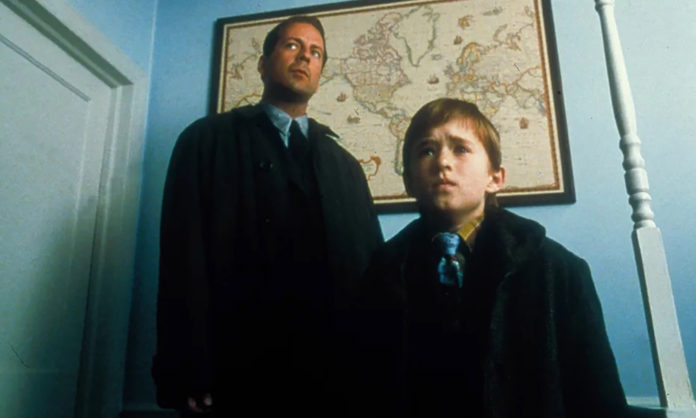In a post on BookBaby, Scott McCormick says planting red herrings can undermine your readers’ expectations and create suspense and surprise. “Although most commonly associated with detective fiction, red herrings can cause misdirection and create intrigue in any genre, as well as set up a mind-bending plot twist,” he says. “But be careful: Your success or failure in implementing a red herring relies on properly understanding your readers’ expectations and not undermining the trust they have implicitly placed in you.”
Red herrings are a near necessity in a mystery novel. Detectives chase clues that lead nowhere and yet point to multiple potential culprits of a crime. False evidence and suspicious behavior are two classic types of red herrings. Criminals may plant information that leads a detective astray. An innocent may have a different secret to hide and therefore act shady.
Unreliable narrators are themselves a red herring, because the reader cannot trust what they say or how they portray or interpret events. The narrators of Flowers for Algernon, The Usual Suspects, and Shutter Island are all unreliable, due to mental incapacity, criminality, and mental illness. In some cases, such as The Sixth Sense or Fight Club, characters we see and hear are dead or imaginary.
In some cases, your genre itself can be used as a red herring. “For example, in a horror novel, you can have spooky things happening and readers (and characters) can assume those things are of supernatural nature, but your big reveal can be that in fact it has a very ordinary explanation,” McCormick explains. “In other words, the reader hasn’t actually been reading a ghost story at all.” Similarly, the author’s reputation can misdirect readers. Stephen King isn’t required to write horror, but you could forgive a reader for expecting a supernatural story when they pick up one of his novels.
To successful misdirect your audience, you have to anticipate what they know and then use that to deliver surprises. In And Then There Were None, Agatha Christie plants a red herring that the characters catch, but the clue is itself a misdirection, pointing them away from the actual murderer. The first Scream movie used Drew Barrymore as a red herring, because audiences expected the big star to be the Final Girl, not the first victim.
Red herrings are best when they are used with subtlety. “The author/director is exploiting an unspoken expectation that readers have based on the tropes of the genre,” McCormick says. “By exploiting these expectations, you can catch readers off guard in a way that will feel fresh and fun.” They also should matter to the story. “Don’t call attention to something and then not have it pay off in some way,” McCormick adds. Finally, he recommends that we keep it simple. “If you try to pull off a double-or triple-red-herring, or if you include too many, you’re going to lose your audience,” he says. “As fun as red herrings are, your characters are more important. Never lose sight of that.”












